Bold BI in Microsoft Azure Marketplace
This section explains how to use Bold BI in the Azure portal to select and create the Bold BI Server virtual machine.
Pre-configured image via Azure Marketplace
One of the fastest ways to get Bold BI Server up and running in Azure is based on the pre-configured server image through the Azure Marketplace.
-
Sign in to the Azure portal.
-
Click the
Create a resourceoption in the upper left side.
-
Search for “Bold BI Enterprise”.

-
Select the Bold BI Enterprise - Multi-tenant and click the
Createbutton.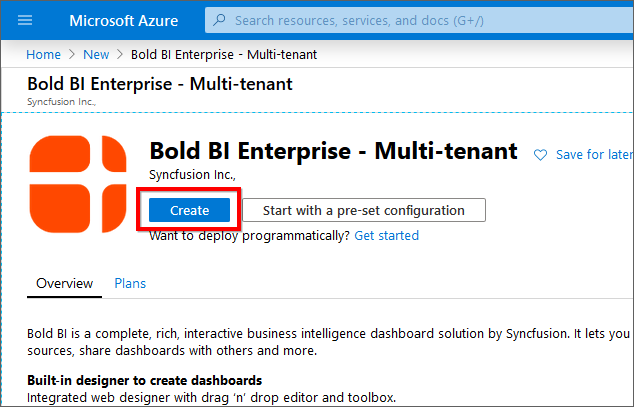
Basics blade
The basics blade requests administrative information for the virtual machine.
-
Resource group: Select an existing resource group or type the name for a new one. To learn more about resource groups click here.
-
Virtual machine name: Enter a name for the virtual machine. The name must be within 1-15 characters and should not contain special characters.
-
Region: Select an Azure data center location where you want to run the VM.
-
Size: By default, the
Standard E2size plan is picked, but you can change the size by selecting theChange Sizeoption. -
Username: Enter a user name to create a local account on the VM. The local account is used to sign in and manage the VM.
-
Password: Enter a strong password to create a local account on the VM. The password must be within 8-123 characters and meet three out of the four following complexity requirements: one lowercase character, one uppercase character, one number, and one special character.
-
When you are done, click next to continue to the
Disksblade.
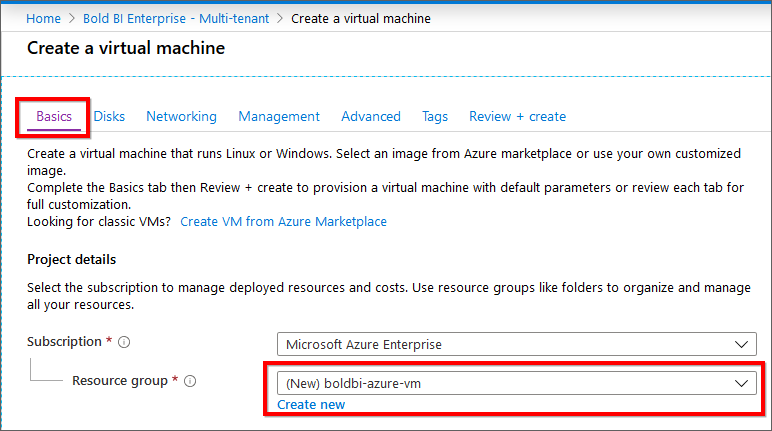
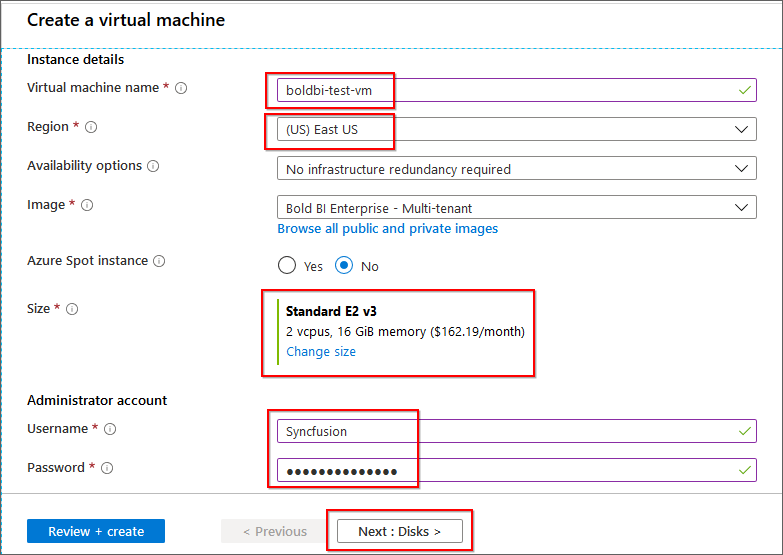
Settings blade
The settings blade requests storage and network options. You can accept the default settings. Azure creates appropriate entries at the required location. If the required virtual machine size is selected, you can try Azure premium storage by selecting the “Premium (SSD)” in disk type.
Disks
-
Storage: Premium disks (SSD) backed by solid-state drives offer consistent and low-latency performance. They provide the best balance between price and performance and are ideal for I/O-intensive applications and production workloads. Standard disks (HDD) are backed by magnetic drives and are preferable for applications where data is accessed infrequently. When all the changes are completed, click OK.
-
Use managed disks: Enable this feature to automatically manage the availability of disks by Azure to provide data redundancy and fault tolerance, without creating and managing storage accounts on your own. Managed disks may not be available in all regions. To learn more about managed disk, click here.
-
Storage account: Disks for Azure virtual machines are created in storage accounts. To learn more about storage account click here.

Networking
-
Virtual network: The virtual networks are logically isolated from each other in Azure. You can configure their IP address ranges, subnets, route tables, gateways, and security settings like the traditional network in the data center. Virtual machines in the same virtual network can access each other by default.
-
Subnet: A subnet is a range of IP addresses in the virtual network, that can be used to isolate virtual machines from each other or from the Internet.
-
Public IP address: Use the public IP address if you want to communicate with the virtual machine from outside the virtual network.
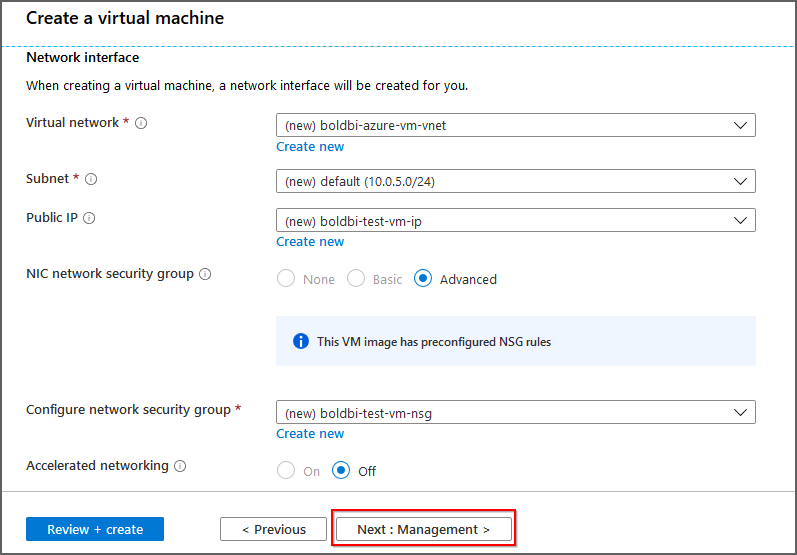
Management
-
Boot diagnostics: Capture serial console output and screenshots of the virtual machine running on the host to help diagnose startup issues.
-
Guest OS diagnostics: Get metrics for every minute of the virtual machine. You can use them to create alerts and stay informed on the applications.
-
Diagnostics storage account: Metrics are written to the storage account, so that you can analyze them with your own tools.
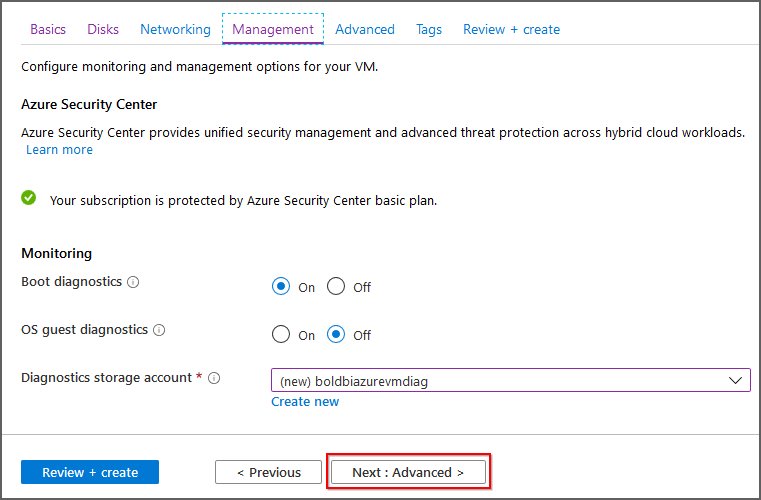
Advanced
-
Extensions: Add new features like configuration management or antivirus protection to the virtual machine using extensions. To learn more about extensions, click here.

High availability
-
Availability set: You can group two or more virtual machines in an availability set to provide redundancy to the application. This configuration ensures the availability of at least one virtual machine and meets the 99.95% Azure SLA during the planned or unplanned maintenance event. The availability set of the virtual machine cannot be changed after it is created.
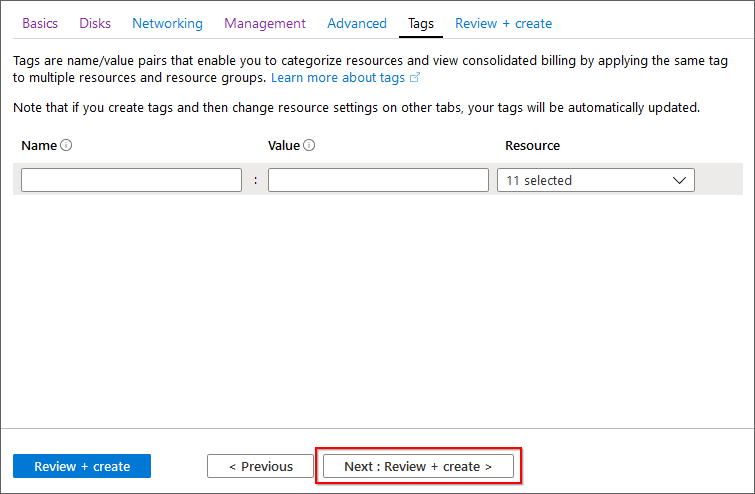
When all the changes are completed, click the Review and Create button.
Review and create
-
On the review and create page, click
Createto start the Bold BI Enterprise - Multi-tenant server virtual machine deployment.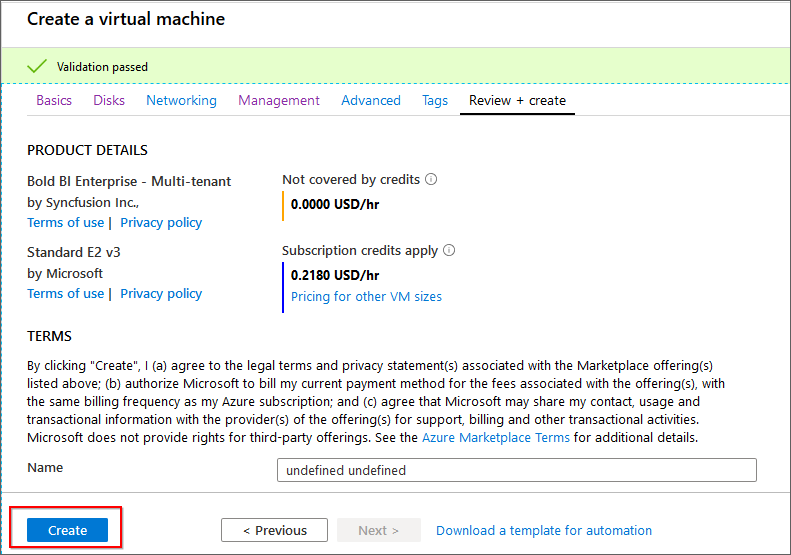

Connect to Bold BI Enterprise Multi-tenant Server virtual machine
Once the deployment progress is completed, Bold BI Server VM can be connected through a Remote Desktop Connection (RDP). Follow the below steps to connect to the virtual machine:
-
Click
connecton the virtual machine overview window. A Remote Desktop Protocol (.rdp) file will be downloaded from the Azure portal.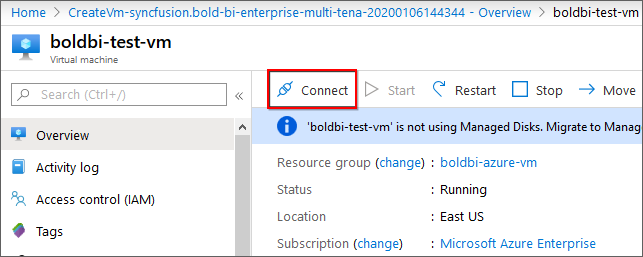
-
Open the .rdp file and click the
Connectfor the unknown publisher warning.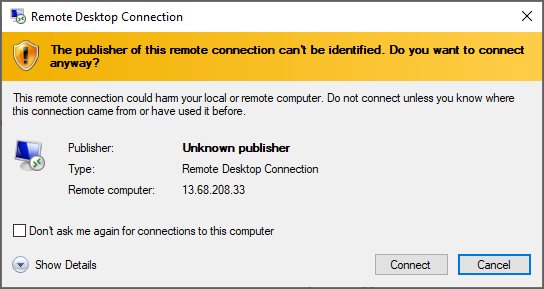
-
Enter the credentials that you have given while deploying the VM as like below and click the OK.
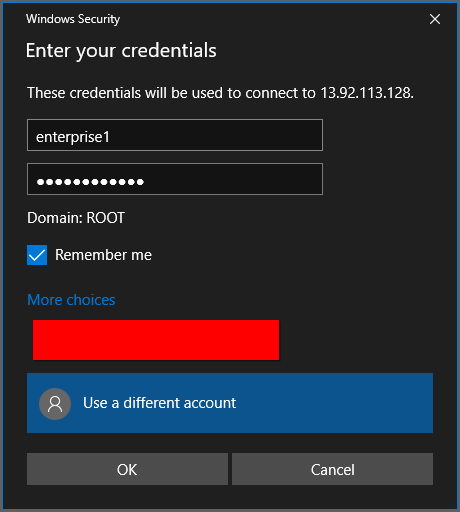
-
On successful connection, the identity verification window will be displayed as shown below. Click OK to accept the certificate problems and connect to the virtual machine.
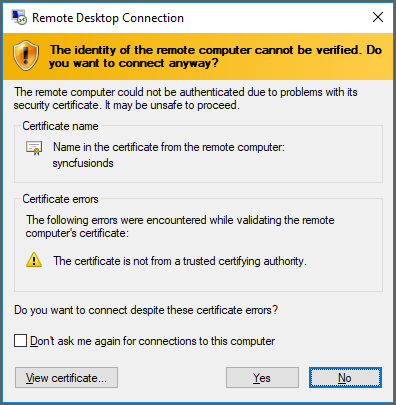
Run the Bold BI Server
A desktop shortcut to start the Bold BI server can be found once connected to the virtual machine. By default, the Bold BI server is hosted on port 80 in the IIS. Follow the steps below to run the Bold BI server: Follow the given steps to run the Bold BI server:
-
Open the
Start Bold BI in IISshortcut to run the Bold BI server. -
As the Bold BI server is not configured yet, the application startup page will be shown.
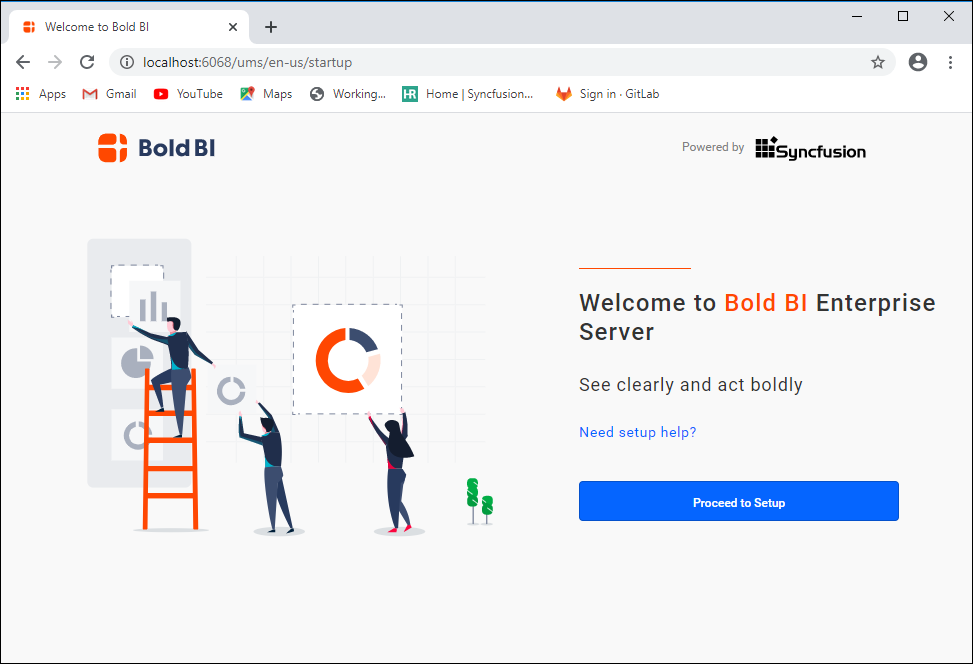
-
Follow the steps in the link to do the application startup.